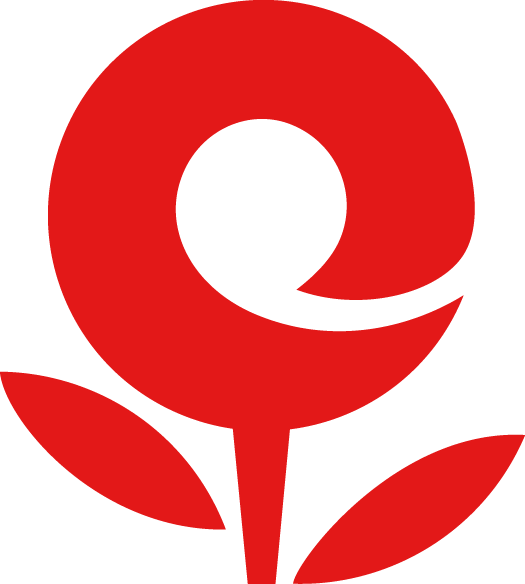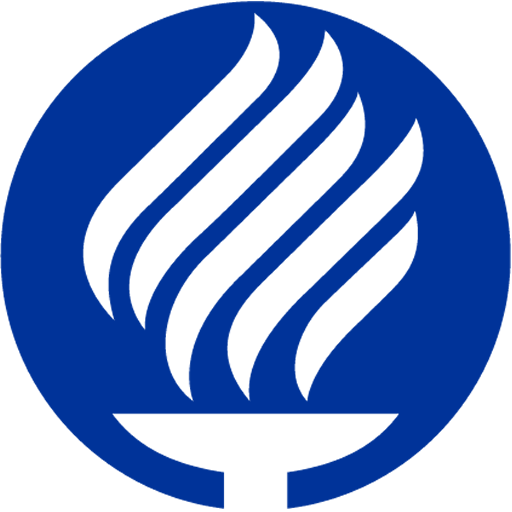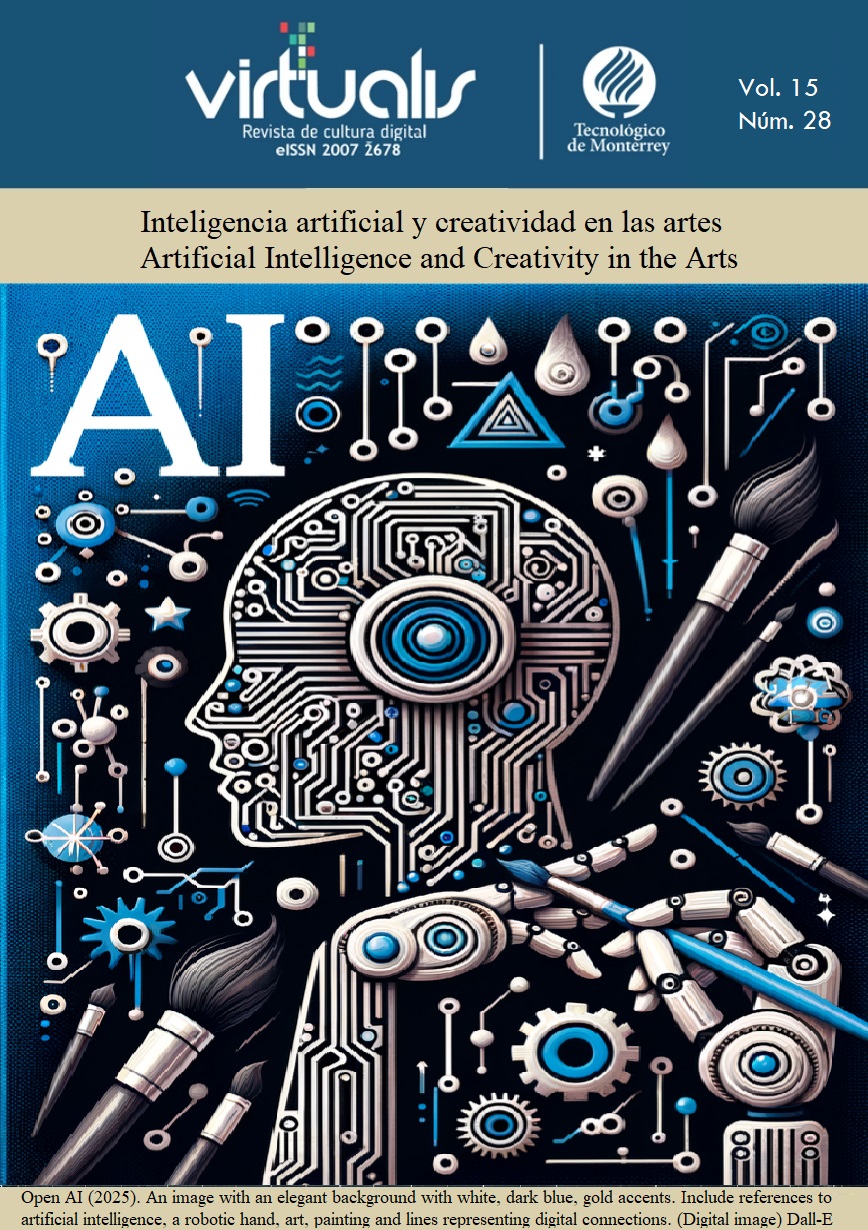Inteligencia artificial generativa y creación colectiva
Contenido principal del artículo
Es indudable notar el impacto que ha tenido en los medios de comunicación la llegada de
ChatGPT y otras aplicaciones basadas en modelos generativos de inteligencia artificial. Su
uso ha cambiado ya prácticas en muchas actividades cotidianas pero han influido
especialmente en las industrias creativas. Y esto es sólo el comienzo. En este texto
analizamos el uso de estas aplicaciones en las industrias creativas bajo la lupa de modelos
de cocreatividad, en especial el modelo del Aprendiz, y esbozamos algunas conclusiones
sobre su uso futuro a partir de entrevistas con profesionales de los nuevos medios que han
estado introduciendo la utilización de estas herramientas en sus procesos de trabajo.
AI Image Generator—Create Art, Images & Video | Leonardo AI. (2024). AI Image Generator - Create Art, Images & Video | Leonardo AI. https://leonardo.ai/
Booker, C. (2005). The Seven Basic Plots: Why We Tell Stories.
Cherry, E., & Latulipe, C. (2009). The creativity support index (p. 4014).
Chirokoff, N. (2024, febrero 23). Rol de IA en la creación [comunicación personal].
Colton, S. (2012). The Painting Fool: Stories from Building an Automated Painter. En J. McCormack & M. d’Inverno (Eds.), Computers and Creativity (pp. 3–38). Springer Berlin Heidelberg.
Colton, S., & Wiggins, G. A. (2012). Computational Creativity: The Final Frontier? European Conference on Artificial Intelligence.
Edmonds, E. A., & Candy, L. (2005). Computer support for creativity. International Journal of Human-Computer Studies, 63(4–5), 363–364.
Gemeinboeck, P., & Saunders, R. (2013). Creative Machine Performance: Computational Creativity and Robotic Art. Proceedings of the Fourth International Conference on Computational Creativity, 215.
Hanna, D. (2023). The Use of Artificial Intelligence Art Generator “Midjourney” in Artistic and Advertising Creativity. Journal of Design Sciences and Applied Arts, 4(2), 42–58.
Hodson, J. (2017). The Creative Machine. ICCC, 143–150.
Holguín, M. (2024, marzo 17). Rol de la IA en la creación [comunicación personal].
Jordanous, A. (2017). Co-creativity and perceptions of computational agents in co-creativity. En ICCC’17—Proceedings of the Eighth International Conference on Computational Creativity (pp. 159–166). 8th International Conference on Computational Creativity, Atlanta, Georgia, USA. Georgia Institute of Technology.
Kantosalo, A., & Jordanous, A. (2020, febrero). Role-Based Perceptions of Computer Participants in Human-Computer Co-Creativity. 7th Computational Creativity Symposium at AISB 2020.
Kantosalo, A., Toivanen, J. M., & Toivonen, H. (2015). Interaction Evaluation for Human-Computer Co-creativity: A Case Study. En H. Toivonen, S. Colton, M. Cook, & D. Ventura (Eds.), Proceedings of the Sixth International Conference on Computational Creativity (ICCC 2015) (pp. 276–283). Brigham Young University.
Kress, G. (2006). Reading Images: The Grammar of Visual Design (2a ed.). Routledge.
LaViers, A., Cuan, C., Maguire, C., Bradley, K., Brooks Mata, K., Nilles, A., Vidrin, I., Chakraborty, N., Heimerdinger, M., Huzaifa, U., McNish, R., Pakrasi, I., & Zurawski, A. (2018). Choreographic and Somatic Approaches for the Development of Expressive Robotic Systems. Arts, 7(2), Article 2.
Maher, M. L. (2010). Evaluating Creativity in Humans, Computers, and Collectively Intelligent Systems. Proceedings of the 1st DESIRE Network Conference on Creativity and Innovation in Design, 22–28.
Martínez Galindo, M. I. (2024, marzo 17). Rol de la IA en la creación [comunicación personal].
Molina, M. (2009, marzo 1). Imaginantes. Ensayos visuales | Mauricio Molina. Revista de la Universidad de México.
Negrete-Yankelevich, S., & Morales-Zaragoza, N. (2013). e-Motion: A System for the Development of Creative Animatics. Proceedings of the Fourth International Conference on Computational Creativity, 184–188.
Negrete-Yankelevich, S., & Morales-Zaragoza, N. (2014). The apprentice framework: Planning, assessing creativity. Fifth International Conference on Computational Creativity, 280–284.
OpenAI. (v4). https://openai.com/
Parameshwaran, S. (2024, septiembre 10). How Large Language Models Could Impact Jobs. Knowledge at Wharton. https://tinyurl.com/2cx4t63m
Pérez, R. P. y, Ortiz, O., Luna, W., Negrete, S., Castellanos-Cerda, V., Peñalosa, E., & Ávila, R. (2011). A System for Evaluating Novelty in Computer Generated Narratives. En D. Ventura, P. Gervás, D. F. Harrell, M. L. Maher, A. Pease, & G. A. Wiggins (Eds.), Proceedings of the Second International Conference on Computational Creativity, Mexico City, Mexico, April 27-29, 2011 (pp. 63–68).
Sharples, M. (1998). How We Write: Writing As Creative Design.
Shneiderman, B., Fischer, G., Czerwinski, M., Resnick, M., Myers, B., Candy, L., Edmonds, E., Eisenberg, M., Giaccardi, E., Hewett, T., & others. (2006). Creativity support tools: Report from a US National Science Foundation sponsored workshop. International Journal of Human-Computer Interaction, 20(2), 61–77.
Televisa., S. A. (2015). Imaginantes*—YouTube. https://www.youtube.com/@Imaginantesoficial
Turing, A.M. (1950). Computing Machinery and Intelligence. Mind, LIX(236), 433–460.
Vear, C., Benford, S., Avila, J. M., & Moroz, S. (2023). Human-AI Musicking: A Framework for Designing AI for Music Co-creativity. AIMC 2023.
Wardrip-Fruin, N., & Montfort, N. (Eds.). (2003). The New Media Reader. MIT Press.
Yankelevich, G. (2018). Creer para ver: Estudio intercientífico sobre la percepción, expresión y comunicación mediante imágenes (2a. edición). FES Iztacala, UNAM.
Yannakakis, Georgios N., Liapis, A. y Alexopoulos., C. (214) «Mixed-Initiative Co-Creativity». En Foundations of Digital Games, 1-8. Fort Lauderdale: Foundations of Digital Games.

 Blog
Blog
 Instagram
Instagram
 Google
Google
 Tec de Monterrey
Tec de Monterrey

